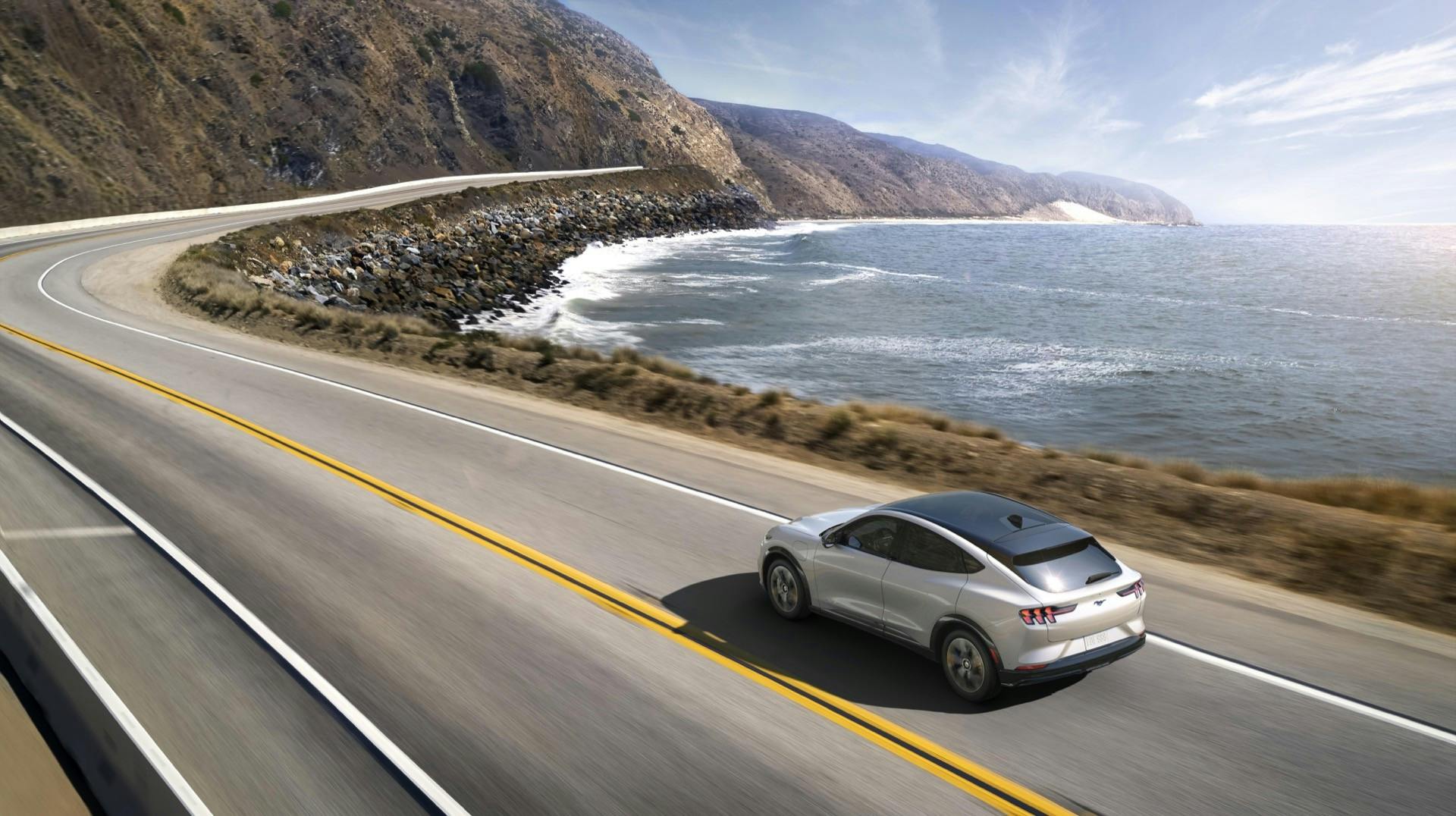
Charged Up: California Powers Past Gas Pumps
California has long been at the forefront of the push toward electric vehicles (EVs), and now, the state has reached a major milestone: the number of public EV chargers in California has officially surpassed the number of gas pumps. According to a statement from Governor Gavin Newsom's office, there are now 178,549 public and shared private EV chargers in the state, compared to approximately 120,000 gas pumps. This development further cements California's status as the leader in America’s transition to sustainable transportation.
The Breakdown of EV Chargers in California
The vast majority of California’s EV chargers—162,000 of them—are Level 2 chargers, which provide moderate charging speeds suitable for workplace, commercial, and residential locations. However, for those who need to recharge quickly, the state also boasts approximately 17,000 DC fast chargers spread throughout its highways, cities, and rural areas. These fast chargers allow EV drivers to replenish their vehicle’s battery in a fraction of the time required by Level 2 chargers, making long-distance EV travel more feasible than ever.
How California Achieved This Milestone
California’s leadership in the EV revolution is no accident. The state has been home to some of the most influential electric vehicle manufacturers, including Tesla, Rivian, and Lucid Motors. In addition to fostering an innovation-friendly business environment, California has implemented policies that actively promote EV adoption and infrastructure expansion.
A key factor in this rapid charger deployment has been funding from the California Energy Commission (CEC) and other state initiatives aimed at increasing access to charging infrastructure. The CEC has also played a vital role in tracking the expansion of public EV chargers and setting ambitious goals for future infrastructure investments.
In December 2024, the commission approved a $1.4 billion investment plan to expand EV charging and hydrogen fuel accessibility. This investment will not only increase the number of public chargers but also improve charging reliability and convenience for EV owners across the state.
The Impact of Home Charging
While the milestone of surpassing gas pumps with public chargers is significant, the numbers become even more staggering when factoring in home charging. The CEC estimates that approximately 700,000 Level 2 chargers have been installed at single-family homes throughout California. This means that many EV owners primarily charge their vehicles overnight at home, reducing their reliance on public charging infrastructure and making EV ownership even more practical.
What This Means for California Drivers
For California drivers, this milestone marks a shift toward a future where refueling an electric vehicle is as convenient—if not more so—than stopping at a gas station. The expansion of EV infrastructure has several key benefits:
- Increased Convenience: With more charging stations available, drivers have greater flexibility in planning their trips and charging schedules.
- Reduced Range Anxiety: The growing network of fast chargers helps alleviate concerns about running out of power, making EVs more appealing to a broader audience.
- Lower Fueling Costs: Charging an EV is generally cheaper than filling up a gas tank, particularly for those who can charge at home during off-peak electricity hours.
- Environmental Benefits: More EVs on the road mean lower greenhouse gas emissions, helping California move closer to its ambitious climate goals.
Challenges and the Road Ahead
Despite these advancements, California still faces challenges in ensuring that charging infrastructure keeps pace with the state’s aggressive EV adoption targets. Issues such as charger reliability, grid capacity, and equitable access to charging in underserved communities must be addressed. Additionally, while California is leading the charge, other states will need to follow suit to make EVs a nationwide reality.
Moreover, the transition to electrification is not without its political hurdles. The Biden administration has supported EV expansion through federal incentives and funding, but pushback from some lawmakers—especially regarding what has been dubbed the "EV mandate"—could slow progress in certain areas. Nonetheless, California’s commitment to sustainable transportation remains steadfast, and the state is poised to continue setting the bar for EV adoption in the United States.
California’s milestone of surpassing gas pumps with EV chargers is a testament to the state’s dedication to a cleaner, more sustainable future. With continued investments, policy support, and technological advancements, the Golden State is paving the way for the rest of the country to embrace electrification. Whether you’re an EV owner or a prospective buyer, one thing is clear: the future of transportation is electric, and California is leading the way.








